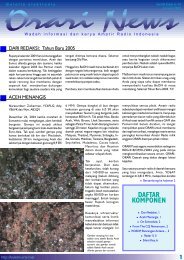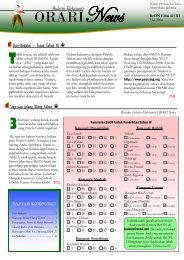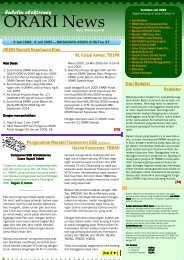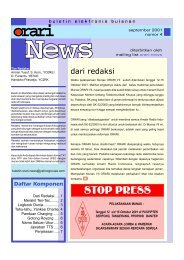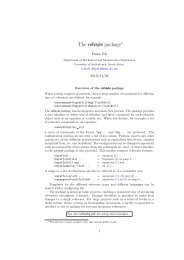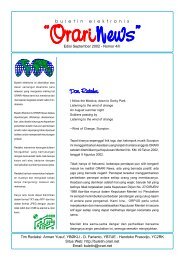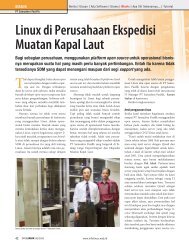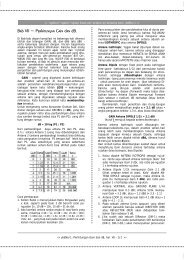Create successful ePaper yourself
Turn your PDF publications into a flip-book with our unique Google optimized e-Paper software.
3.13 STABILIZING THE AMPLIFIER<br />
3.1 3. 1 Testing for parasitic oscillations<br />
In the case of an r-f amplifier, it will be necessary to investigate not<br />
only the possibility of self-oscillation, but also lack of feedback on<br />
the fundamental frequency. The basic steps of checking for self<br />
oscillation are threefold:<br />
(a) The amplifier should be operated without r-f excitation<br />
and without fixed grid bias, with light loading and with low<br />
voltages applied to the anode and to the screen of a tetrode or<br />
pentode.<br />
The voltage should be high enough to develop full anode<br />
dissipation. For this test, grid leak bias should be used. If the<br />
screen and anode voltage supplied cannot be adjusted directly<br />
to low voltages, suitable series resistance should be used,<br />
either in series with the rectifier output or transformer primary<br />
so that the voltages developed at the tube will be low.<br />
Light bulbs of the correct size will serve as resistors in series<br />
with the primary of the rectifier transformers. The r-f circuits<br />
should be tuned off-resonance to see if self-oscillation of the<br />
amplifier can be started. The indication of any current by the<br />
grid milliammeter means that self-oscillation is present.<br />
(b) The frequency of the self-oscillation must be determined.<br />
A simple neon bulb will indicate whether the frequency of<br />
oscillation is high or low. The lower the frequency the more<br />
orange will be the glow. A purple color indicates a VHF or UHF<br />
oscillation. With a little experience, it will become possible to<br />
guess the approximate frequency very closely. A wavemeter or<br />
an oscilloscope will then determine the exact frequency.<br />
(c) After the frequency of oscillation is measured, it remains to<br />
identify the circuit supporting the oscillation. The circuit must<br />
then be altered without disturbing the performance of the<br />
amplifier on the normal frequency of the amplifier.<br />
69




